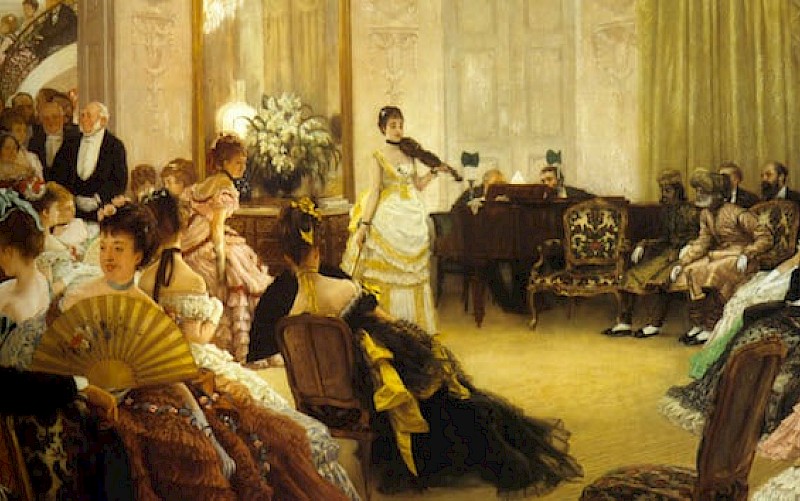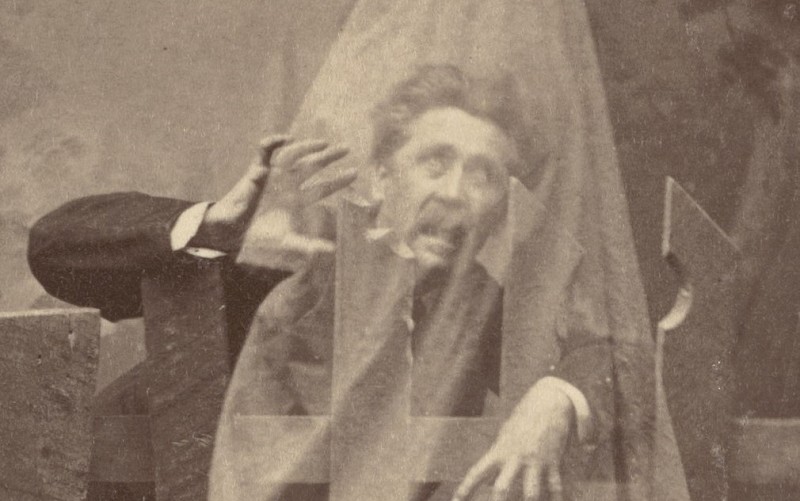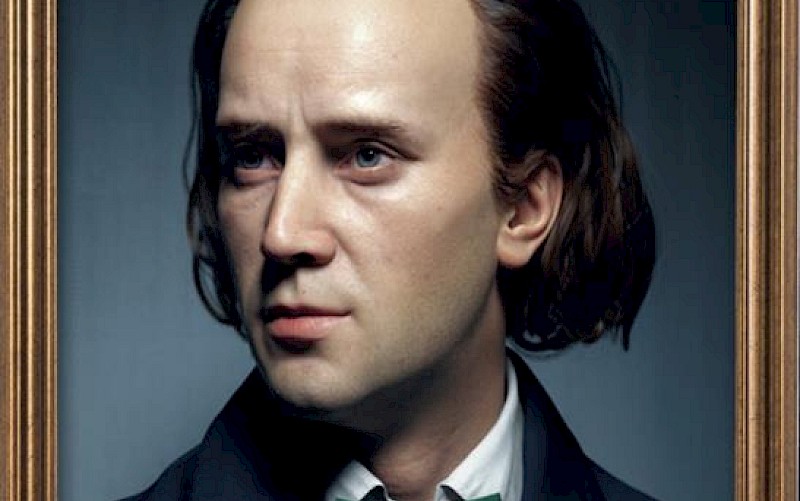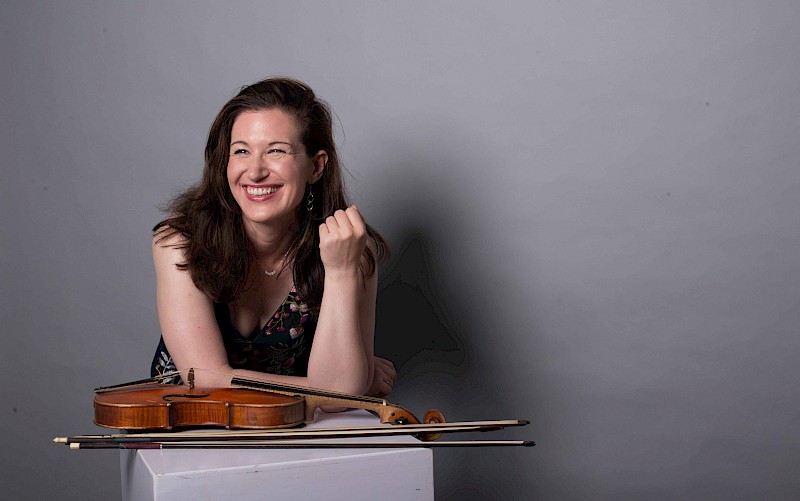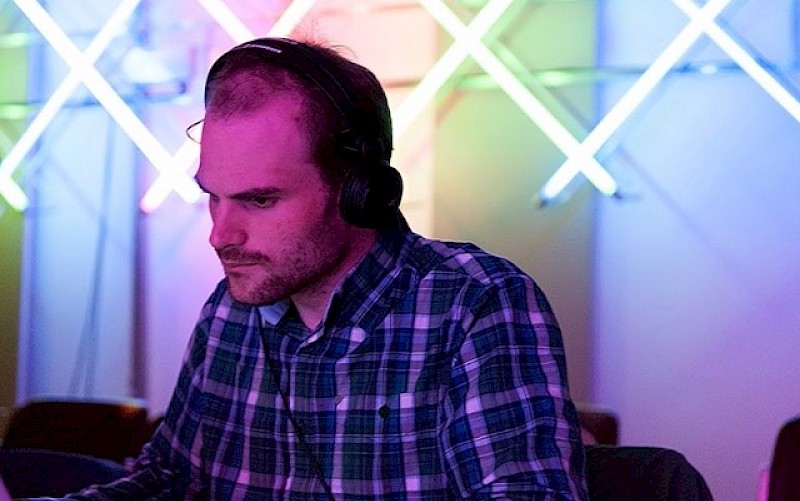Searching for the Top Range in Early Nineteenth Century Bassoon Repertoire from Sweden: Issues of Material and/or Technique?'
It is not uncommon to find a range of three full octaves in late eighteenth century and early nineteenth century bassoon repertoire, but passages ascending above b-flat' or c' were relatively rare. Composers active in Stockholm at the beginning of the nineteenth century such as Bernhard Crusell, Eduoard Dupuy, Franz Berwald and Eduard Brendler wrote pieces encompassing a range of Bb – to e-flat'', inspired by the Preumayr brothers, in particular the youngest, Frans Preumayr, who was an internationally known soloist and principal bassoonist in the Swedish Royal Orchestra from 1811–1835. In conjunction with my current PhD research in the docARTES program at Leiden University and the Royal Conservatoire in the Hague, dealing with early nineteenth century bassoon repertoire in Sweden, one of my goals was to discover the means of reaching these top notes and integrating them into a fluid technique which would enable historical bassoonists to perform this extraordinary repertoire composed for the virtuoso Preumayr. I wondered if the keys to the high register might be found in a special reed type, or a physical technique involving, for example, jaw position? Was Frans Preumayr's ability dependent on a particular model of bassoon? Or could other factors be involved that I hadn't yet considered?
